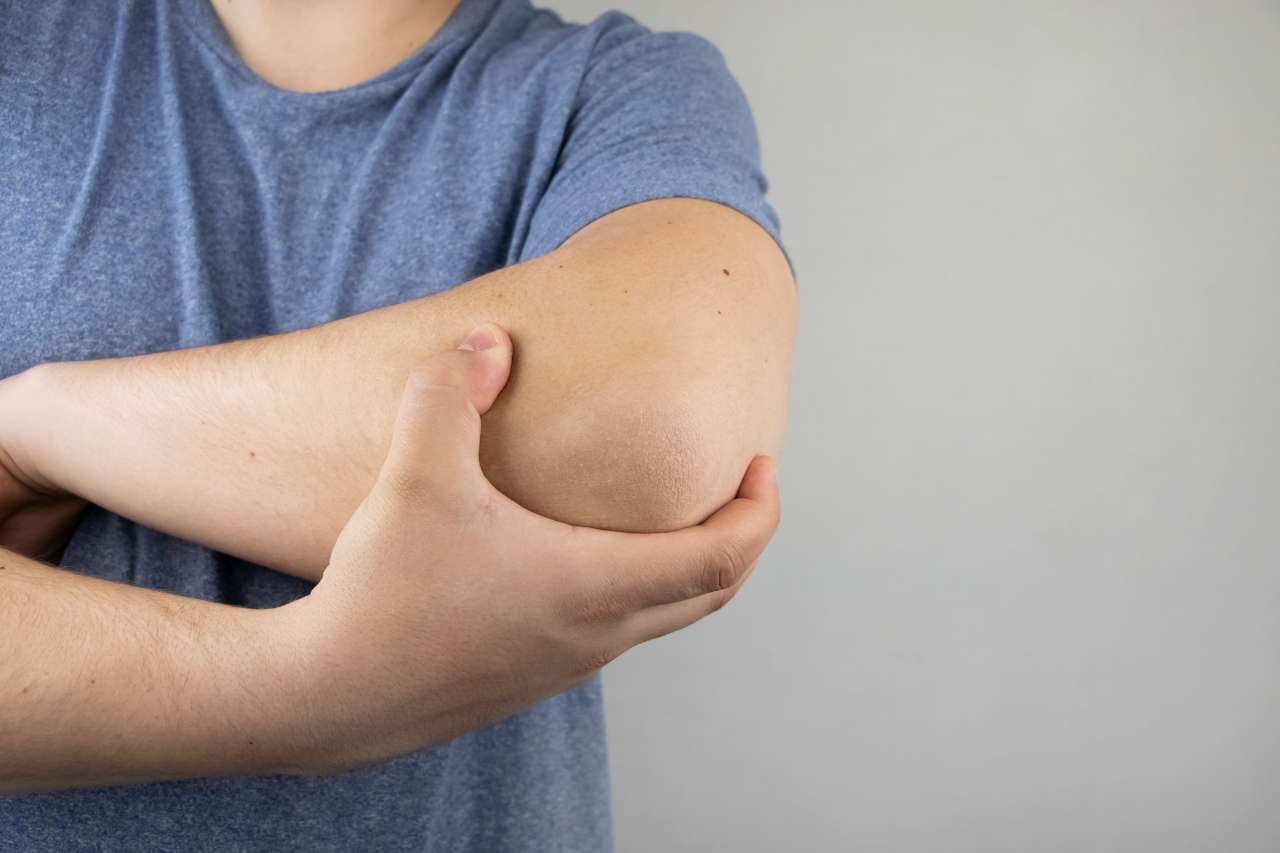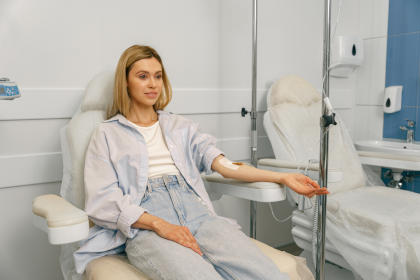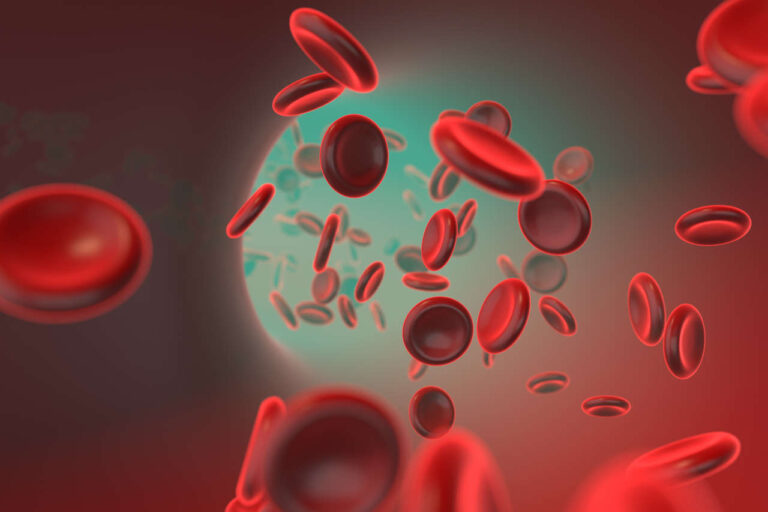
Lambert-Eaton myasthenic syndrome (LEMS) is a rare autoimmune disorder that affects 2.8 million individuals worldwide. In the U.S., around 400 individuals are diagnosed with LEMS.
Consult an IVIG Specialist
The Best IVIG Home InfusionLEMS is a rare autoimmune neuromuscular junction disorder caused by an immune attack. The immune-mediated damage at the neuromuscular junction impairs the signal transmission between your nerves and the voluntary muscles and causes muscle weakness, fatigue, and a range of other symptoms.
Several case reports and randomized controlled trials have shown the beneficial effects of IVIG therapy in patients with LEMS. LEMS patients experience significant muscle improvement after receiving IVIG treatment as a first-line treatment.
This article discusses the role of the immune system in causing LEMS and how IVIG therapy can help.
How Does the Immune System Cause LEMS?
Generally, when a healthy individual wants to perform an activity, their brain sends signals to muscles via nerves. Communication between the nerves and muscles takes place with the help of acetylcholine (a chemical that tells your muscles to contract), which is released upon the activation of voltage-gated calcium channels (VGCC) at the end of nerve endings.
So, when the voltage-gated calcium channels (VGCC) are activated, acetylcholine is released from the nerve endings and binds to receptors on the muscle fiber to cause muscle contraction.
Immune System and Lambert-Eaton Myasthenic Syndrome (LEMS)
Individuals with Lambert-Eaton myasthenic syndrome (LEMS) have auto-antibodies (antibodies produced by the immune system against healthy cells) that block these calcium channels on nerve endings. As a result, less acetylcholine released from the nerves is insufficient to cause normal muscle contraction.
How IVIG Therapy Can Help People With Lambert-Eaton Myasthenic Syndrome
IVIG therapy is considered a first-line treatment for LEMS in people with refractory patterns of weakness or when traditional therapy does not work well. For example, a case report of a 34-year-old woman with progressive limb weakness who received IVIG treatment showed improvement in muscle strength.
Similarly, according to another case report, a 65-year-old woman with small cell lung cancer who had profound and progressive lower extremity weakness experienced improvement in muscle strength after 3 weeks of IVIG treatment.
Though the exact mechanism of IVIG is not clear, researchers believe that IVIG can help relieve symptoms of LEMS through several related mechanisms, which are as follows:
It Neutralizes the Effects of Autoantibodies
In patients with LEMS, autoantibodies produced by the immune system primarily block the voltage-gated calcium channels to prevent the release of acetylcholine. As a result, muscles do not contract properly.
IVIG therapy works to neutralize the effect of these auto-antibodies in LEMS patients. IVIG blocks the autoantibodies from binding to the voltage-gated calcium channels. This helps to improve muscle function in LEMS patients.
It Inhibits the Autoantibodies-Producing Cells
B-cells, which generally produce normal healthy antibodies when overactive, start producing autoantibodies.
IVIG therapy suppresses the activity of B-cells and prevents the production of autoantibodies. This reduces the level of autoantibodies in the serum and improves muscle strength in LEMS.
It Reduces Secondary Inflammation
The anti-inflammatory properties of IVIG therapy help to reduce any secondary inflammation that may arise in LEMS patients during autoimmune attacks.
Get IVIG Copay Assistance
Speak to a SpecialistHow Is IVIG Therapy Given to Patients With IVIG for Lambert-Eaton Myasthenic Syndrome?

Patients with Lambert-Eaton myasthenic syndrome (LEMS) receive IVIG therapy when they have a refractory form of LEMS. It is given as an intravenous infusion with a recommended dose of 2 g/kg over 2 to 5 days. Ongoing infusions are determined by the practitioner based on the patient’s response to treatment.
IVIG can take 2 to 4 weeks to improve weakness.
Is IVIG Used as a Short-Term Treatment for LEMS?
Studies show that IVIG therapy can be used as a short and long-term treatment in patients with LEMS, especially when immunosuppressive drugs are not effective.
Furthermore, patients may experience various IVIG-associated side effects such as nausea, headache, or rare clotting during the course of treatment. Therefore, it is recommended to consult a healthcare provider if symptoms persist or worsen.
Summary
IVIG therapy is used to treat rapidly progressive symptoms of Lambert-Eaton myasthenic syndrome (LEMS). In patients with LEMS, IVIG neutralizes autoantibodies attacking the nerve endings and inhibits the activity of autoreactive B-cells. Through immune system modulation, IVIG helps to reduce the severity of symptoms and improves muscle strength in patients with LEMS.
REFERENCES:
- Keogh, M., Sedehizadeh, S., & Maddison, P. (2011). Treatment for Lambert‐Eaton myasthenic syndrome. The Cochrane Database of Systematic Reviews, 2011(2). https://doi.org/10.1002/14651858.CD003279.pub3
- Illa, I. (2005). IVIg in myasthenia gravis, Lambert Eaton myasthenic syndrome and inflammatory myopathies: current status. Journal of Neurology, 252(S1), i14–i18. https://doi.org/10.1007/s00415-005-1104-5
- Bain, P. G., Motomura, M., Newsom-Davis, J., Misbah, S. A., Chapel, H. M., Lee, M. L., Vincent, A., & Lang, B. (1996). Effects of intravenous immunoglobulin on muscle weakness and calcium-channel autoantibodies in the Lambert-Eaton myasthenic syndrome. Neurology, 47(3), 678–683. https://doi.org/10.1212/wnl.47.3.678
- Peterlin, L., Flood, W., & J Kothari, M. (2002). Use of intravenous immunoglobulin in Lambert-Eaton myasthenic syndrome. The Journal of American Osteopathic Association, 102(12), 682–684. https://pubmed.ncbi.nlm.nih.gov/12501987/
- Pascuzzi, R. M., & Bodkin, C. L. (2022). Myasthenia Gravis and Lambert-Eaton Myasthenic Syndrome: New Developments in Diagnosis and Treatment. Neuropsychiatric Disease and Treatment, 18, 3001-3022. https://doi.org/10.2147/NDT.S296714
- Jayarangaiah, A., Lui, F., & Kariyanna, P. T. (2023, October 23). Lambert-Eaton Myasthenic Syndrome. StatPearls – NCBI Bookshelf. https://www.ncbi.nlm.nih.gov/books/NBK507891/#:~:text=Lambert%2DEaton%20myasthenic%20syndrome%20(LEMS,with%20small%2Dcell%20lung%20cancer.
- Okada, A., Koike, H., Nakamura, T., Motomura, M., & Sobue, G. (2015). Efficacy of intravenous immunoglobulin for treatment of Lambert–Eaton myasthenic syndrome without anti-presynaptic P/Q-type voltage-gated calcium channel antibodies: A case report. Neuromuscular Disorders, 25(1), 70-72. https://doi.org/10.1016/j.nmd.2014.08.006
- Anwar, A., Saleem, S., Ahmed, M. F., Ashraf, S., & Ashraf, S. (2019). Recent advances and therapeutic options in Lambert-Eaton Myasthenic Syndrome. Cureus. https://doi.org/10.7759/cureus.5450
- Kesner, V. G., Oh, S. J., Dimachkie, M. M., & Barohn, R. J. (2018). Lambert-Eaton Myasthenic Syndrome. Neurologic Clinics, 36(2), 379–394. https://doi.org/10.1016/j.ncl.2018.01.008













